Why Sensory Play is Good for Children: Especially with Autism
10 min read
Last Modified 28 August 2024 First Added 17 August 2023

Sensory craft activities offer valuable and enriching experiences for all children, unlocking numerous benefits for their development, learning, and overall well-being.
For children on the autism spectrum, sensory activities are particularly beneficial. Many autistic children have sensory processing differences and their sensory systems may be over or under reactive to certain stimuli, such as touch or sound. These activities enable them to have different sensory experiences in a safe and controlled environment.
It’s important to note that sensory activities are beneficial for all children, regardless of their neurodiversity, allowing them to explore and make sense of the world around them.
Playing with sand, clay and bubbles, making scented playdough, or musical instruments, stimulate the brain and encourage neural connections which not only expand children’s understanding of the world, but also helps cognitive growth and the development of many other skills.
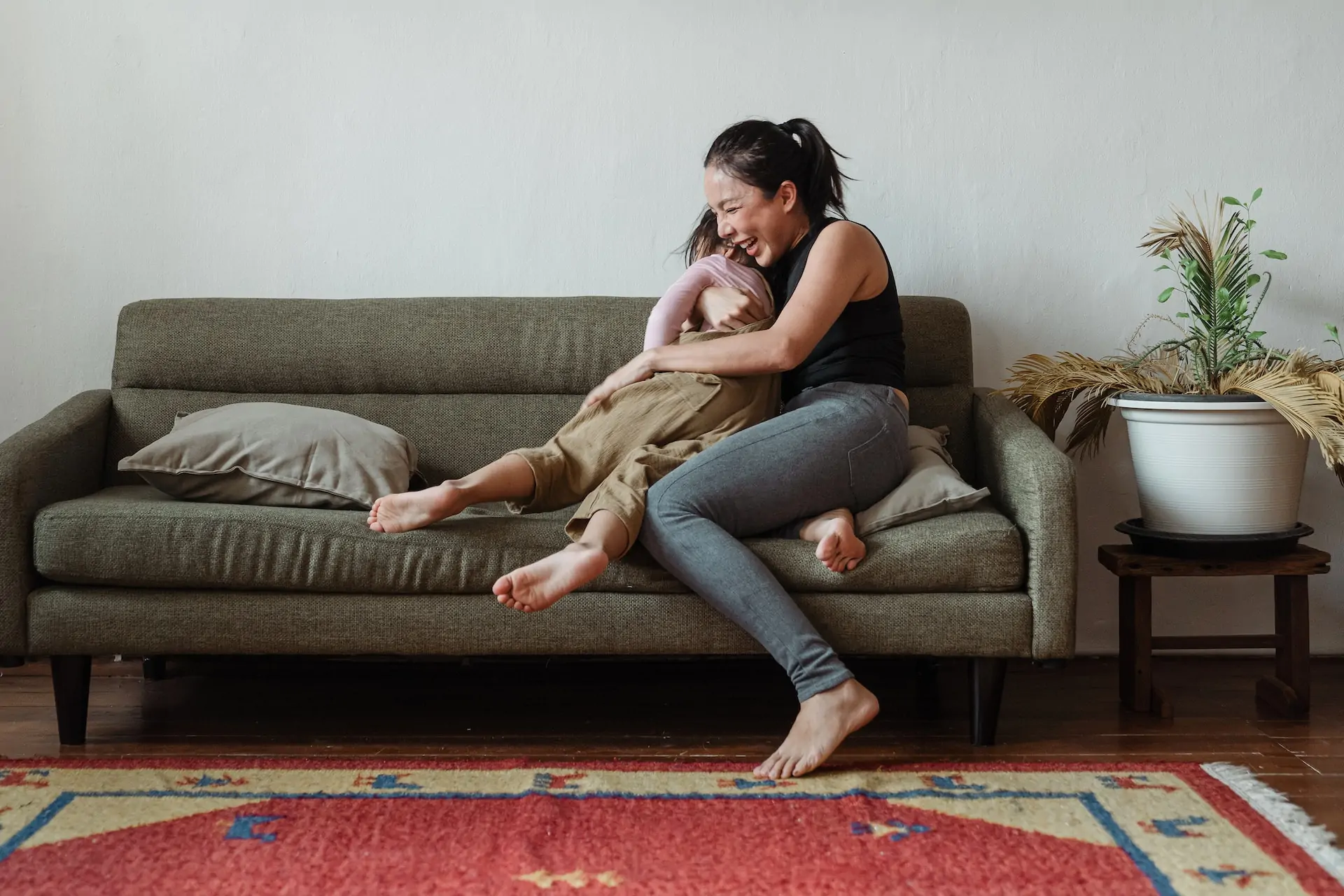
Sensory crafts can provide a wide range of tactile experiences, allowing children to explore different textures, materials and sensory inputs, like sounds, smells and tastes.
This sensory stimulation can benefit children with autism to regulate their sensory processing as they have the freedom to control and manipulate the sensory inputs according to their comfort level. This can help children to better process and respond to sensory information in their everyday lives.
Many sensory crafts involve manipulating small materials such as clay, beads, or slime. This requires precise finger and hand movements which help develop and strengthen fine motor skills, such as hand-eye coordination, finger dexterity and grip strength.
For children with autism who may have challenges in this area, sensory crafts provide a fun and engaging way to practise and improve these skills, which in turn will help them in everyday tasks such as using zips, buttoning clothes, holding a pencil, and pouring a drink.
Children can unleash their creativity and express themselves when engaging in sensory crafts. They can experiment with colouring, drawing shapes, and using different arts and crafts materials to create unique works of art.
For children with autism who may struggle with verbal communication or expressing emotions, sensory crafts provide a non-verbal outlet for self-expression and allows them to communicate and share their thoughts and feelings in a visual and tactile way.
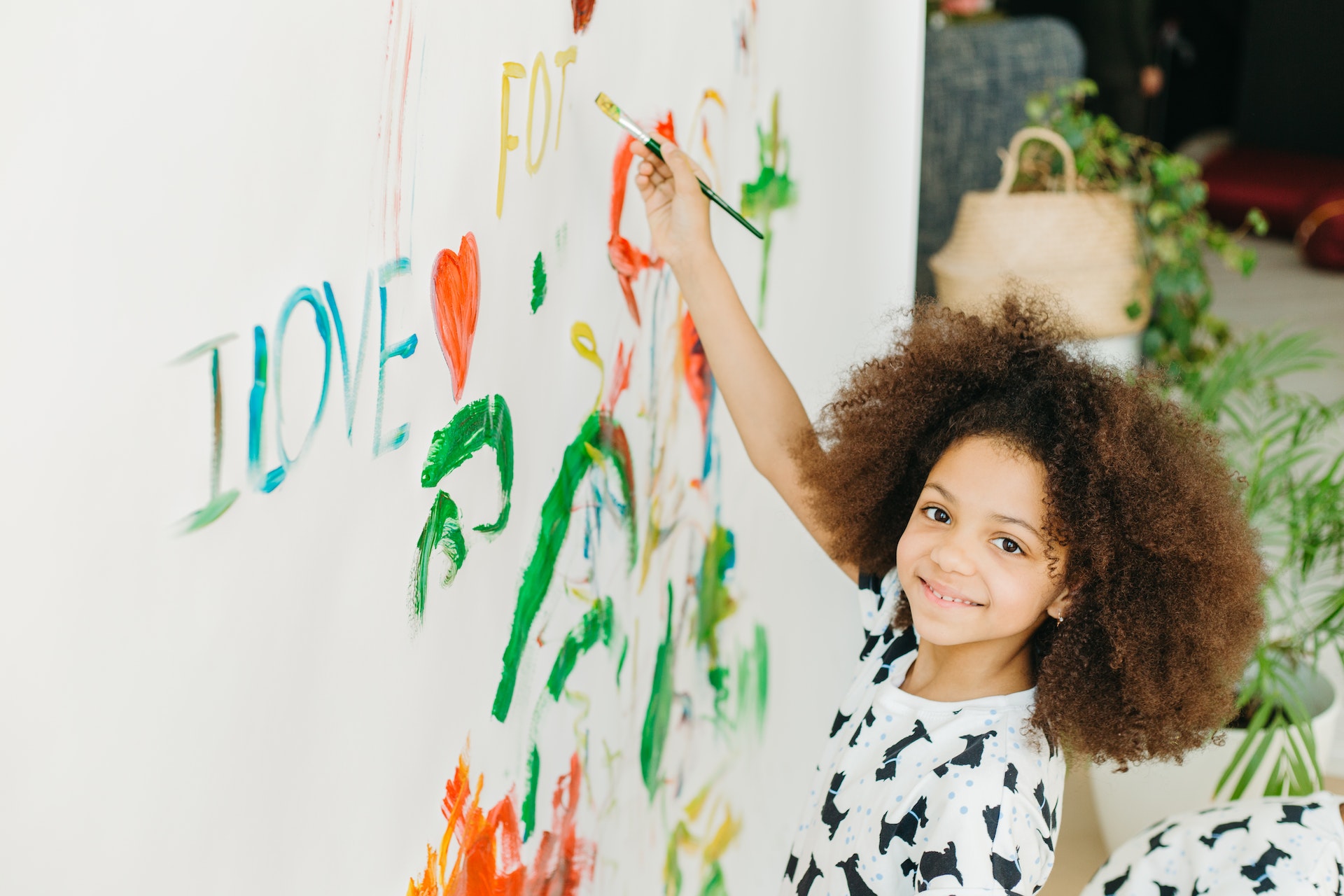
Concentration and focus is needed when doing sensory crafts. This is particularly beneficial for children with autism who may have difficulties with attention and staying engaged in tasks.
The very nature of these crafts can capture children’s interest and help them to stay focused for longer periods. This can also enhance their ability to follow instructions and complete tasks.
Many sensory activities can have a calming and soothing effect on children with autism.
The repetitive motions involved in certain crafts, such as kneading playdough or clay, can be grounding and help regulate emotions. Sensory crafts can provide a sense of control and predictability, which reduces anxiety and promotes relaxation, while the tactile and sensory experiences also stimulate the release of endorphins, promoting a sense of well-being and a positive emotional state.
Group sensory craft activities provide opportunities for turn-taking, sharing materials, and collaborating with others, encouraging social interaction and communication.
When working on an activity together, conversations begin as the children discuss their creations, ask questions and give feedback to one another. For children who are non verbal and struggle with expression, sensory crafts offer a non-verbal mode of communication. Through the use of materials, gestures and body language these children can convey their thoughts, emotions and ideas without having to rely heavily on spoken words.

Completing a craft project can really boost a child’s confidence and self-esteem. Seeing their ideas come to life and the outcome of their efforts, gives them a sense of accomplishment and pride.
Children with autism, can feel empowered by displaying or sharing their creations with others. Being able to express their unique ideas and creativity validates their individuality and promotes confidence in their abilities.
Children gain first hand experience of cause and effect when doing sensory craft activities. They can experiment with different actions such as moulding, mixing, banging, and pouring, while observing how these different actions directly impact the materials they are working with. They can learn how applying more pressure to a brush affects the thickness of paint strokes, or how adding more water to a mixture changes its consistency.
Engaging regularly in sensory activities can help children to make educated guesses about the outcomes of their actions based on what they have observed and experienced before, this encourages cognitive growth, scientific thinking and a deeper understanding of the world around them.
Engaging in hands-on activities stimulates multiple senses, making the learning process more interesting and therefore more memorable for children; memories are more easily anchored and easier to retrieve.
Sensory experiences often evoke emotions, which has been shown to enhance memory formation and retention, and we recall information better when it is tied to a positive or emotionally significant experience.
Many sensory crafts involve repetitive actions or patterns which is particularly helpful for autistic children to reinforce memory through practice; that could be memories of a specific action, skill, concept or sequence for example.

Focuses on stimulating the visual senses through activities such as puzzles, colour mixing, water painting or light play. It promotes visual processing skills and imaginative thinking in autistic children, and visual sensory crafts can serve as a means of self-expression and communication, allowing autistic children to convey their thoughts and emotions visually.
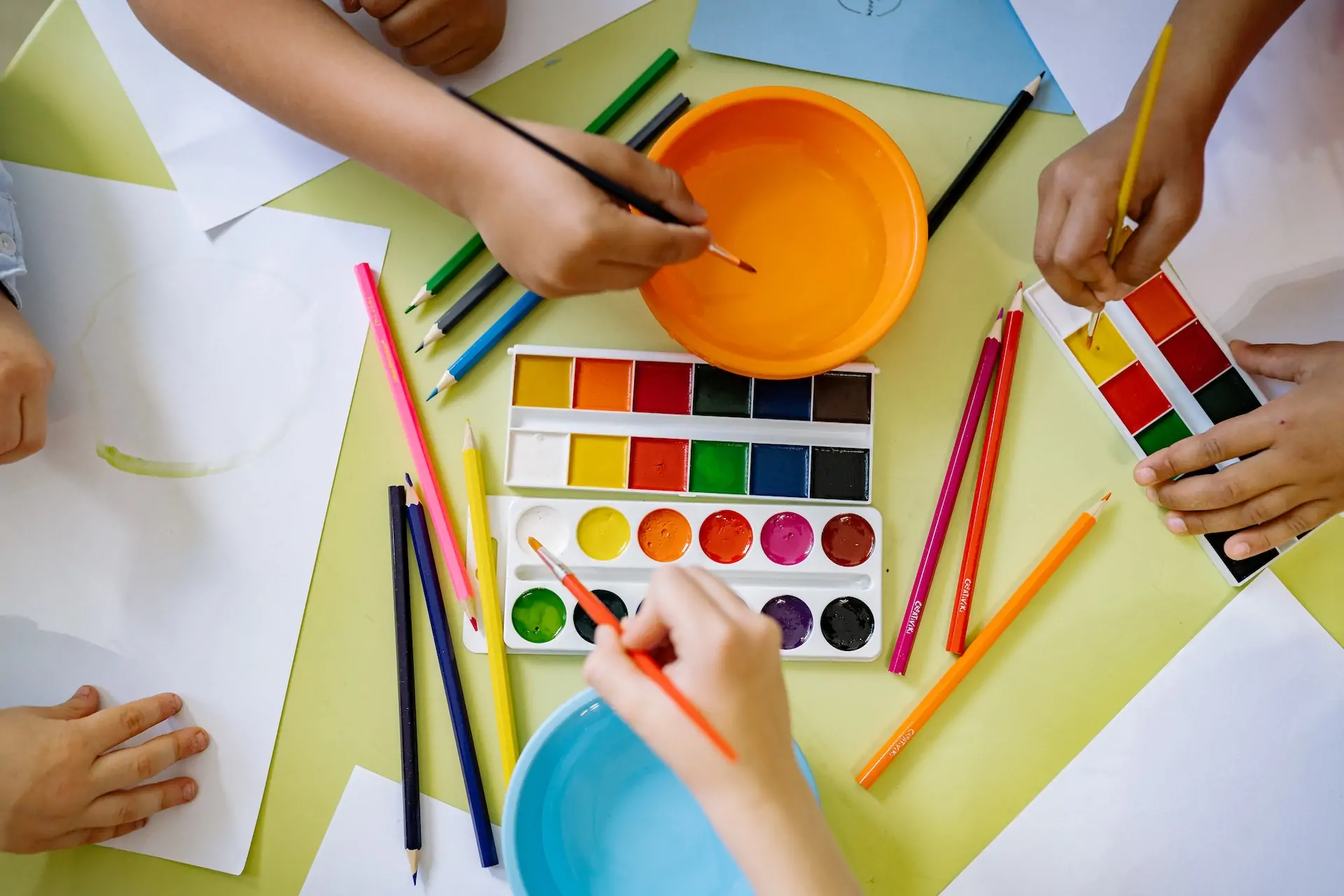
Involves activities that engage the sense of touch, such as playing with dough, sand, finger painting, or exploring different textures. Tactile play helps autistic children develop sensory awareness, tactile discrimination (the ability to tell what you’re touching just by using your sense of touch), and fine motor skills.
Play-Doh is a wonderful resource that teaches children so much; they can express their ideas by being creative and learn symbolic thinking by pretending the Play-Doh is something else, for example; a worm, a pancake etc.
It’s also a great way for children to develop the strength and dexterity in their hands and teaches them about cause and effect. Playing with dough encourages communication and social interaction between children which also helps with their language development, not to mention sharing skills. And of course kneading, rolling and squashing the dough is a great stress reliever and helps to reduce feelings of anxiety and worry.
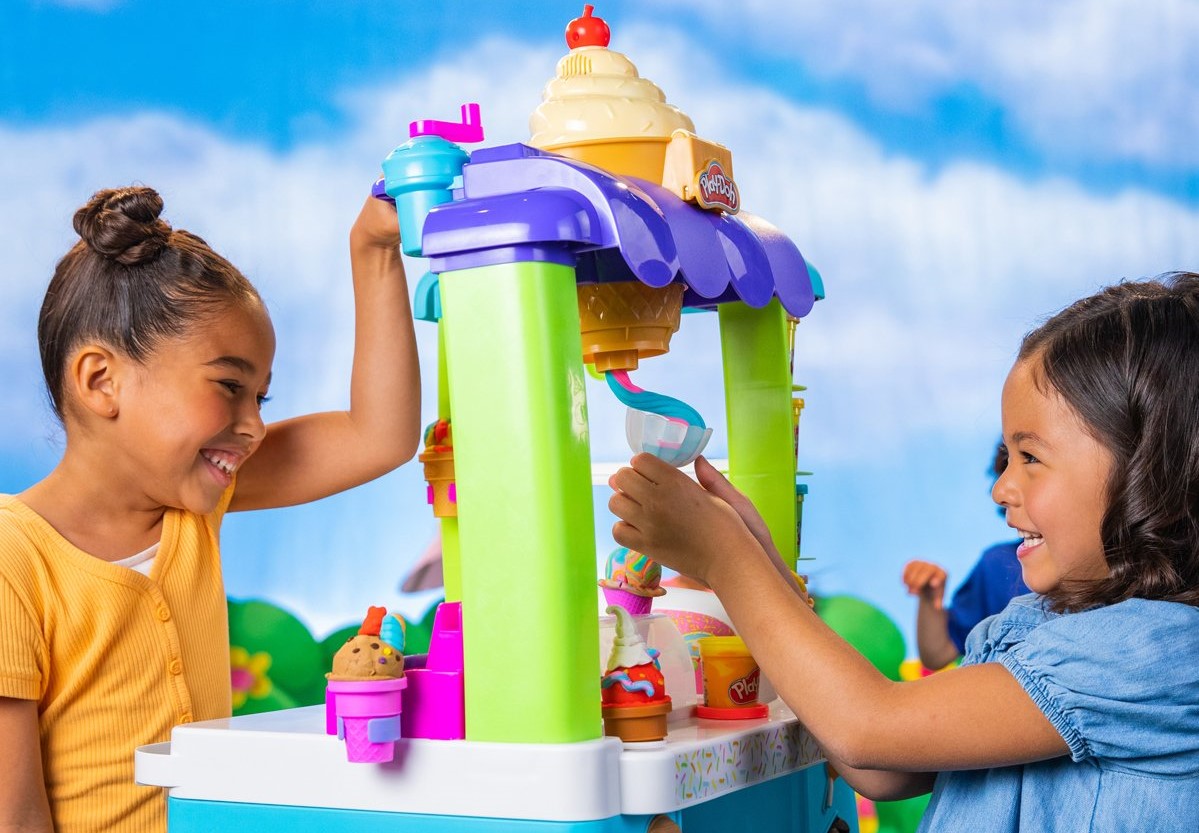
Focuses on activities that engage the sense of hearing, such as listening to calm music or playing musical instruments. These activities support auditory processing skills, teach children sound discrimination (the ability to distinguish between the sounds of similar words such as forty and fourteen), and can have a calming effect on autistic children.
Children love playing with musical instruments and with this activity they can make their own!
Music and musical instruments can be hugely beneficial for children in many ways;
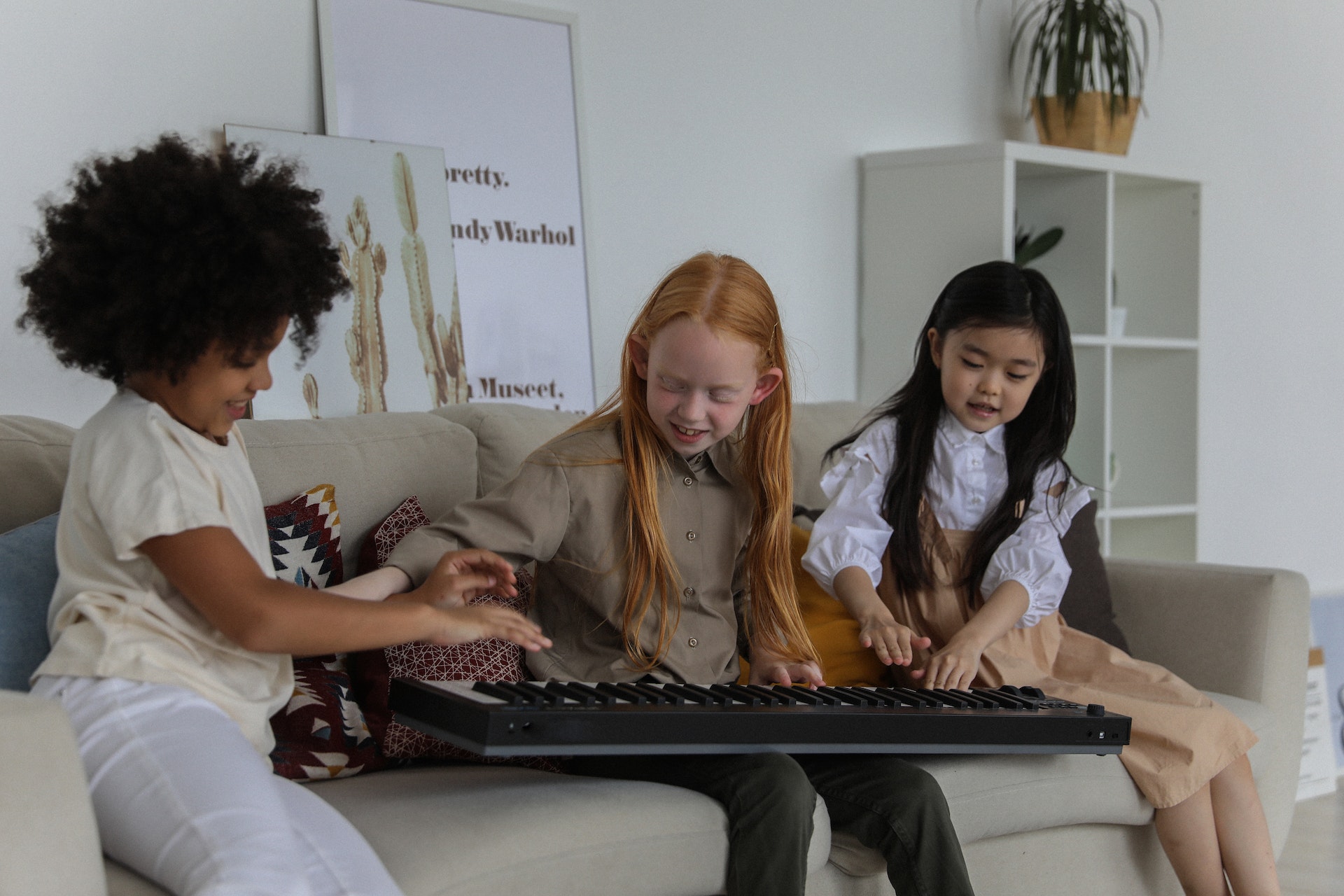
This involves activities that engage the sense of smell. For example, exploring scented materials, identifying different food smells, using scented pens or slime. These activities provide opportunities for children to explore scents that are either alerting or calming to their nervous system, and as many children have specific aversions to certain scents, engaging in this type of sensory play can help build their tolerance.
If you have essential oils, put a few drops of each onto cotton balls and place them inside empty and clean jars. Or chopped up pieces of fruit, herbs, lavender, coffee etc are just as good, if not better.
Then get the children sniffing! Ask them to describe what they can smell. Do they know what the smell is?
Older children could do it blindfolded to make it more challenging.
This focuses on activities that engage the sense of taste. Activities would include different flavours and textures through food based experiences. As with olfactory play, exploring flavours and textures children have aversions to can help build their tolerance and encourage them to be more adventurous with what they will try.
For this activity you only need marshmallows and pretzels (the straight, snack variety). It’s a fun way for children to learn about simple engineering by building and exploring 2D and 3D shapes. They are also developing their fine motor skills as they make structures, and the finished creations are of course edible!
This is a calming play experience for children that will spark their imagination and develop hand eye coordination and muscle strength in their hands. All that’s needed is flour, oil, and food colouring to make it more interesting.
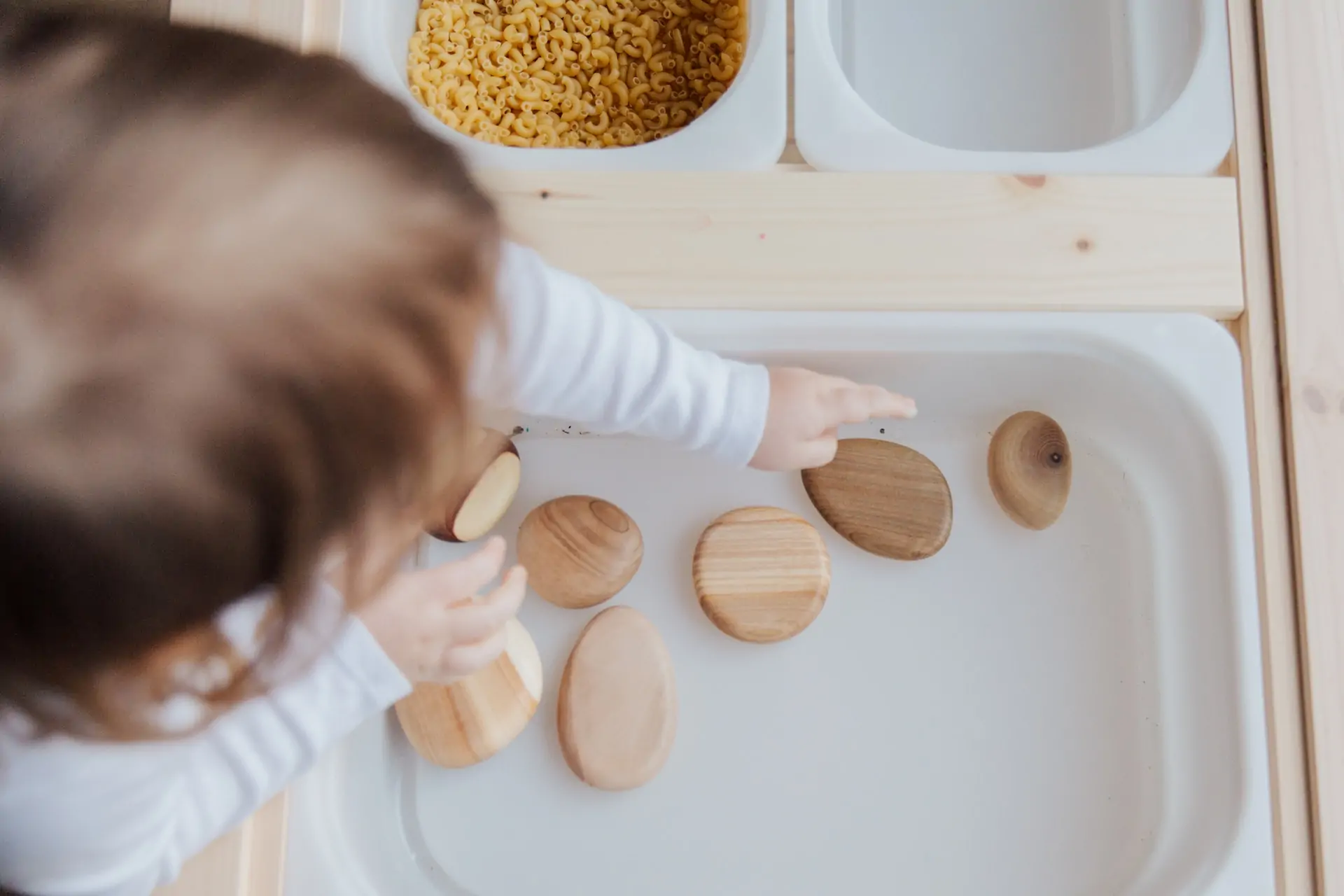
Sensory crafts are an excellent way to help all children, particularly those with autism, to regulate their senses and express themselves creatively.
The craft ideas provided above are just a few examples of the many activities that parents can do with their children at home. By providing a safe and comfortable environment for children to explore their senses, we can help them to develop and improve so many different skills while also benefiting their overall well being.